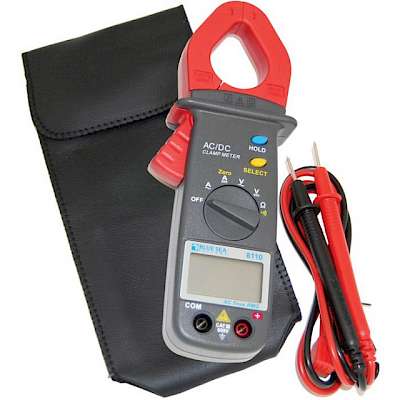
Battery Capacity vs. Discharge Rate
There are fundamental electrical principles, many based on Ohms law, that are constantly presenting themselves in various situations. The fact that Watts is equivalent to Volt x Current is always at the forefront of most design considerations. When it comes to battery capacity the amount of current being pulled from the bank has an important consequence to the overall capacity.
A 12VDC, with a 120Ah rating, battery bank will have a resting voltage of approximately 12.6VDC-12.8VDC. If we assume a 12VDC theoretical value then we can examine how discharge rates will affect capacity. In a theoretical world the bank could be discharged at 10A for 12hrs, or 20A for 6hrs, or 120A for 1 hr. Instead the reality is that the higher the discharge rate, the lower the time factor all else considered equal.
When a load is placed on the batteries there will be a voltage drop at the battery terminal proportional to the load applied. A higher load will result in lower terminal voltage. If we calculate the battery capacity of the bank based on the lowered terminal voltage as a result of the applied load we will find that according to the formula of watts = volt x amps, the current consumption will increase as the voltage is reduced, and thereby affecting the over-all battery capacity.
- Lyle
PYS Electrical Technician
Related Content










 $258.00
$258.00 $187.25
$187.25




















